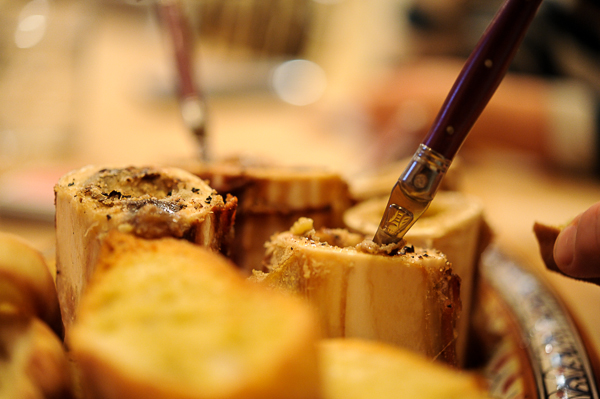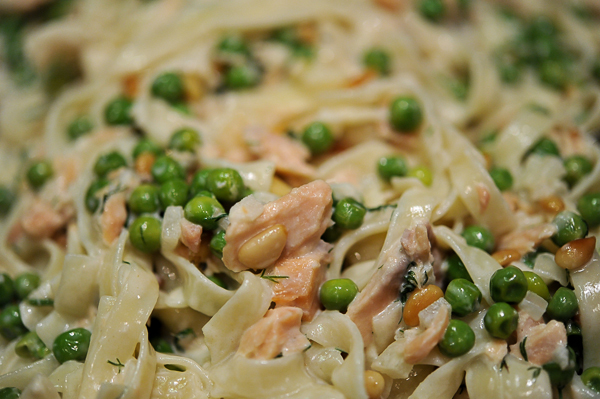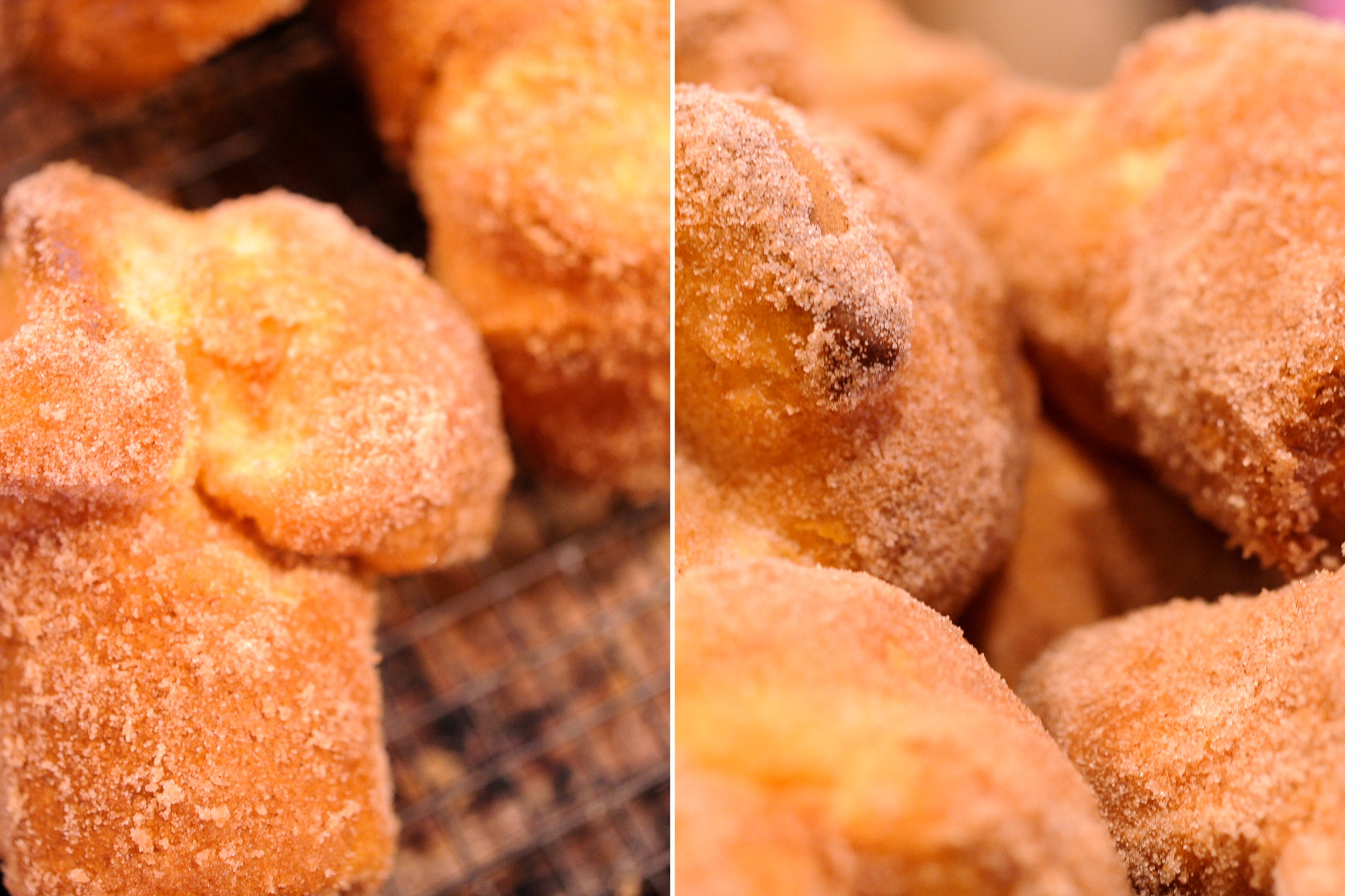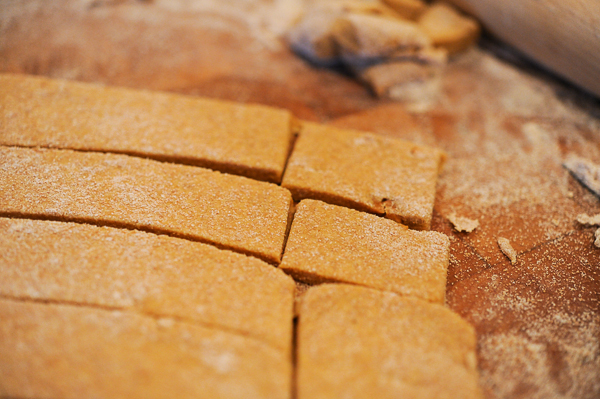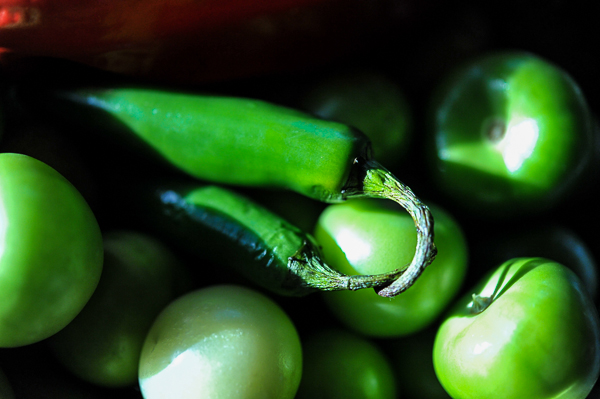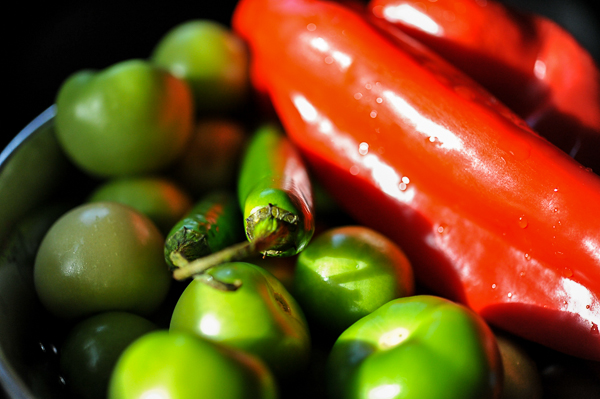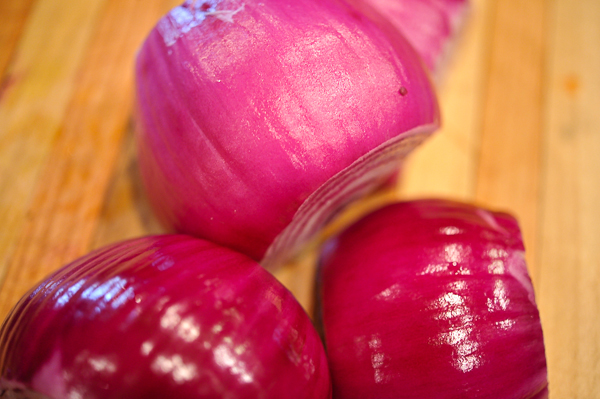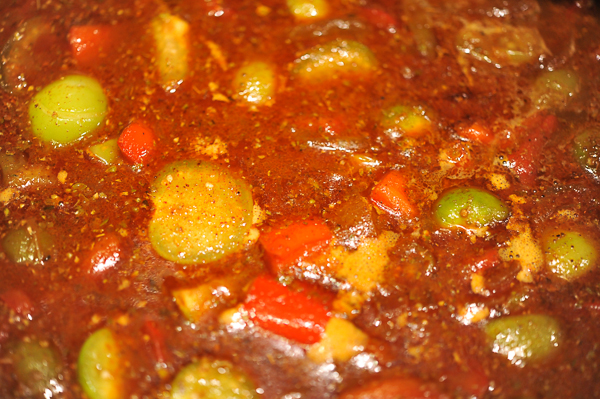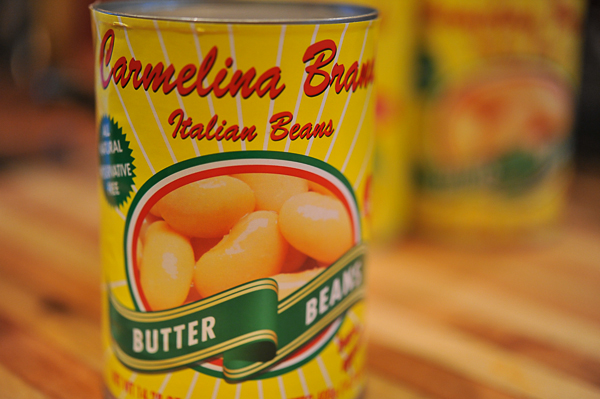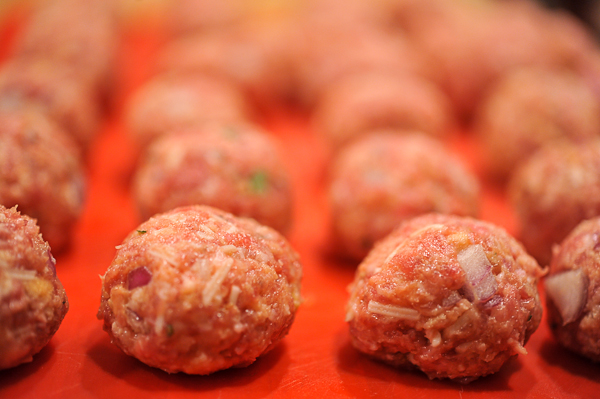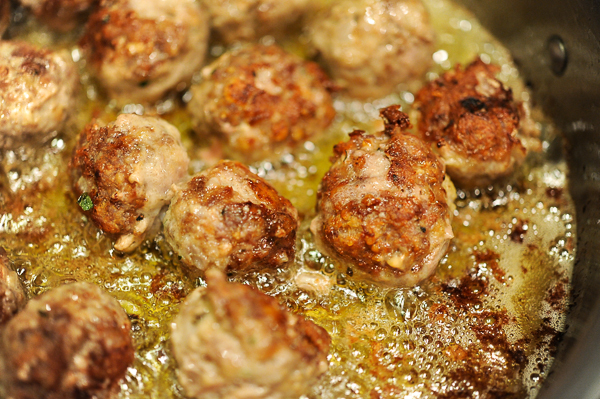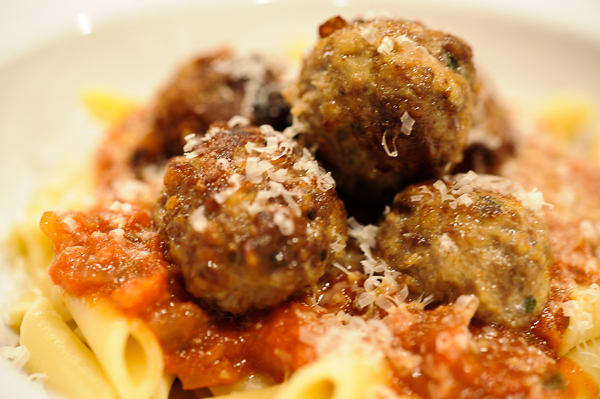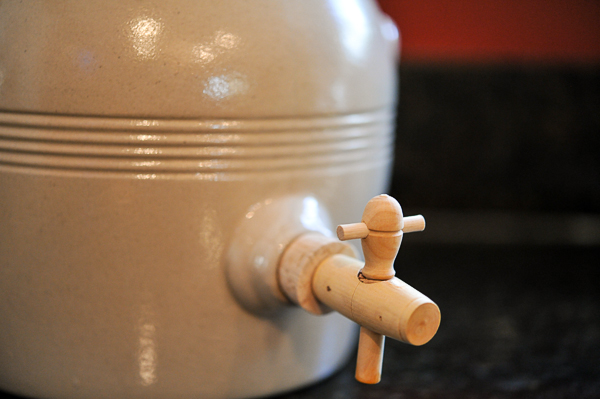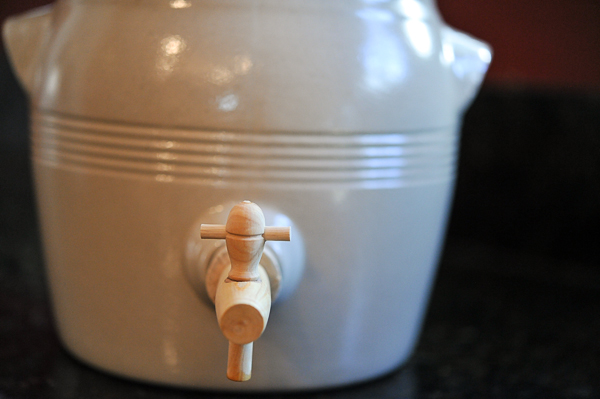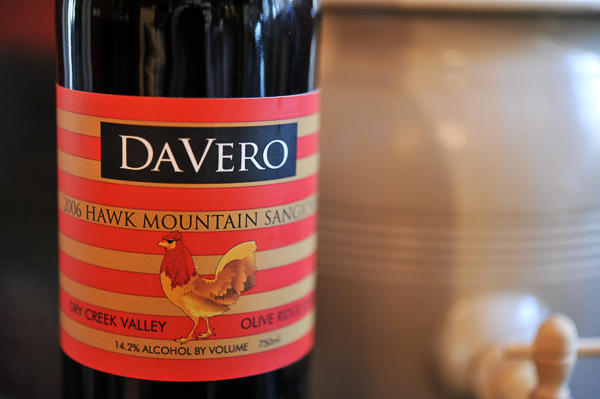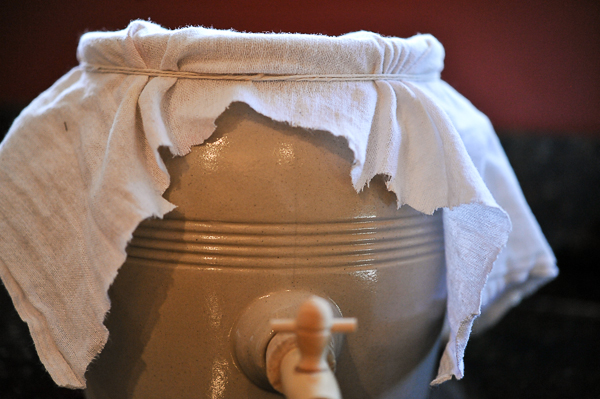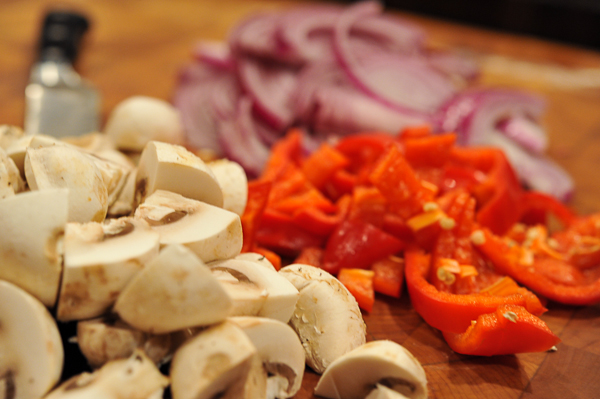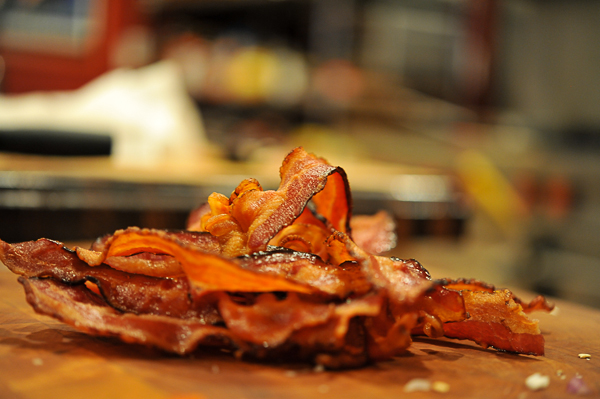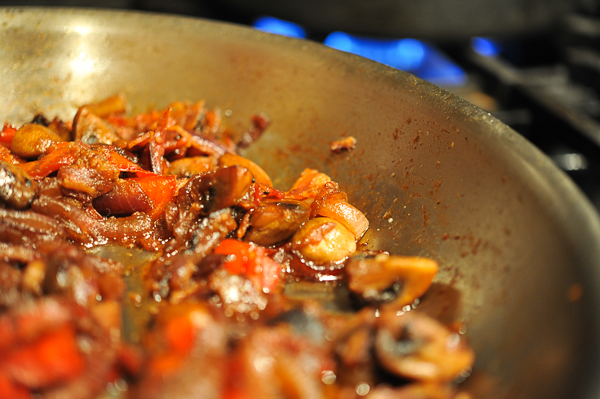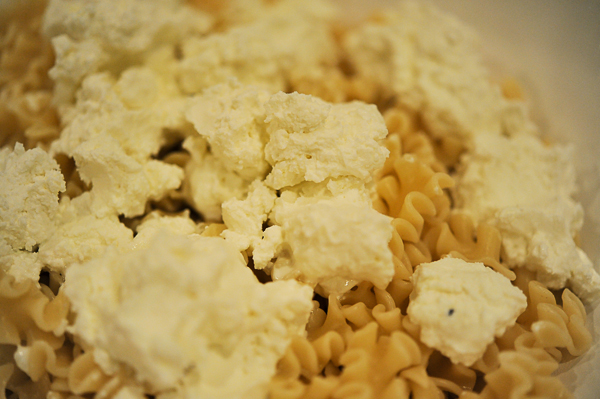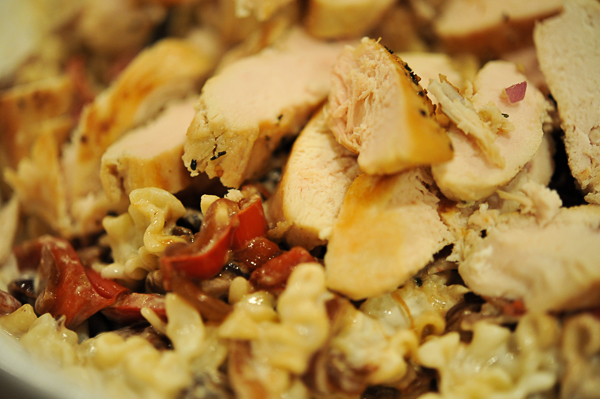Judging from what I've baked lately, I clearly have a thing for spice cakes and cookies. There's something about the way cinnamon, ginger, molasses and cloves envelope a room in an intoxicating warm aroma that makes me feel like all is right with the world. This cake has an impressive list of ingredients to gather together but it's worth it, the complex sweet and spicy flavor is just the thing to eat on a cold night in December (and it goes perfectly with a healthy dollop of whipped cream). If you don't have quince lying around, you can substitute an Anjou or Asian pear and still end up with a fantastic cake.
Apple and Quince Gingerbread (From Apt. 2B Baking)
2 large apples
1 large quince
4 ounces plus 1 ounce butter
4 tablespoons coarse sugar (turbinado or light demerara)
6.5 ounce all-purpose flour
1/2 teaspoon baking soda
1/4 teaspoon kosher salt
1 teaspoon cinnamon
1/2 teaspoon cloves
1/2 teaspoon allspice
1 teaspoon ground ginger
3.75 ounces brown sugar
2 eggs
1 tablespoon lemon zest
1 teaspoon orange zest
1 tablespoon freshly grated ginger root
2 tablespoons molasses
3 tablespoons rum or bourbon
1 teaspoon vanilla
3/4 cup buttermilk
10 walnut halves (optional)
Preparation
Preheat oven to 350º. Butter and flour a 9'' cake pan.
Core and peel the apples and quince then cut into thin slices. Melt 1 ounce of butter in a skillet and stir in the apple and quince slices until coated with butter, then add 2 tablespoons coarse sugar. Saute over medium heat stirring occasionally until the fruit has softened and caramelized slightly. Set aside to cool while you prepare the cake batter.
In a medium bowl sift the flour, baking soda, salt and spices.
In a stand mixer cream the butter and brown sugar together until light and fluffy. Add the eggs one at a time. Then beat in the zests, grated ginger, molasses, rum or bourbon and vanilla extract.
Slowly stir in the flour mixture followed by the buttermilk until the batter is smooth.
Pour half of the batter into the prepared pan, top with the sautéed apples and quince, then pour the rest of the batter on top and smooth with a spatula. Arrange the walnut halves on top (if using) then sprinkle with the remaining coarse sugar.
Bake the cake for 45-50 minutes or until a cake tester inserted into the center of the cake comes out clean. This cake is best the day that it's made, but will last for a few days in an airtight container.





























